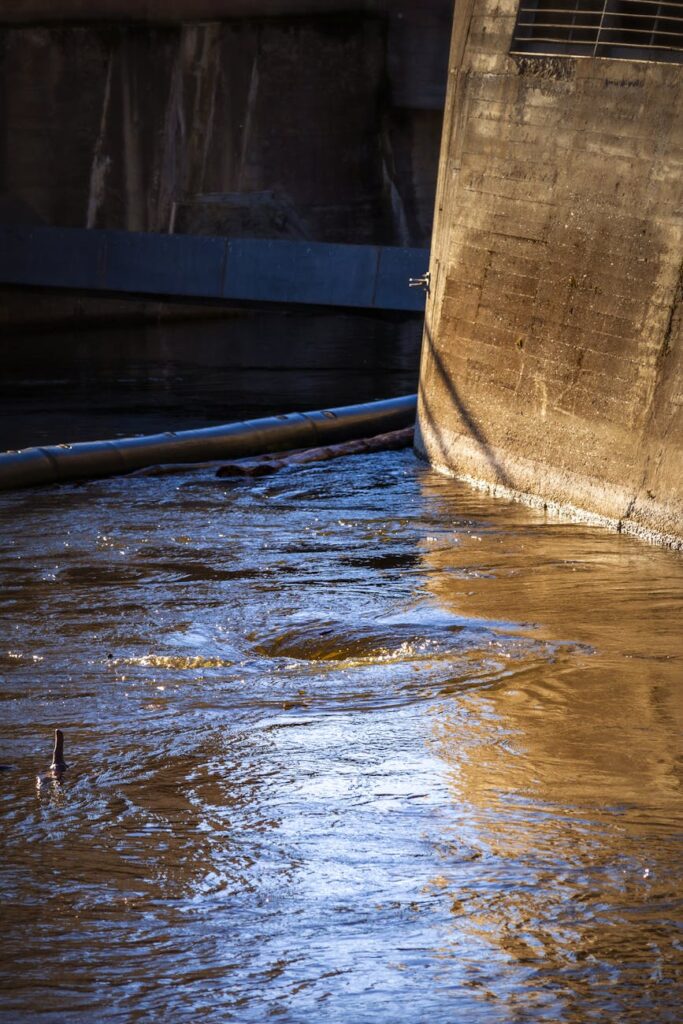Dam liners are essential for creating water reservoirs that prevent seepage, ensuring water stays where it’s needed. Whether you’re looking to contain water in a small pond, farm reservoir, or large dam, installing a dam liner yourself can save costs and increase water retention. In this guide, we’ll walk you through the DIY dam liner installation process, covering key steps, tools, and materials needed.
Why Choose a Dam Liner?
Dam liners are used in a variety of applications, from agricultural water storage and irrigation systems to recreational ponds. They are made from materials like HDPE, PVC, and EPDM, each with specific benefits:
- HDPE (High-Density Polyethylene): Ideal for large-scale applications due to its durability and resistance to UV rays.
- PVC (Polyvinyl Chloride): A more affordable option, suitable for smaller projects or moderate climates.
- EPDM (Ethylene Propylene Diene Monomer): Flexible and durable, making it excellent for complex shapes or areas with potential ground movement.
Step-by-Step DIY Guide to Installing a Dam Liner
Step 1: Choose the Right Dam Liner Material
Selecting the right dam liner material depends on factors like budget, project size, and durability needs. For instance, HDPE liners are a top choice for large reservoirs, while PVC liners are suitable for smaller water containment needs.
Step 2: Prepare the Dam Site
- Clear the Site: Remove rocks, roots, and other debris that could puncture the liner.
- Smooth the Base: Level the base and sides, ensuring a firm and smooth surface.
- Add a Cushion Layer: Consider using a geotextile underlay as a protective barrier between the liner and the ground. This step is particularly crucial for HDPE dam liners which, though durable, may require extra protection in rocky areas.
Step 3: Measure and Cut the Liner
Take precise measurements of the dam or pond area, adding extra material to accommodate slopes and edges. Most liners, especially EPDM liners, are easy to cut and shape.
Step 4: Position the Liner
Lay out the liner across the site, ensuring it fits the contours of the dam. Stretch the liner slightly to prevent wrinkles, which can lead to weak spots over time. Be sure to handle the liner carefully to avoid tears.
Step 5: Secure the Liner
Use heavy rocks or anchor pins to hold the liner edges in place. For larger installations, consider using sandbags or soil to create a secure seal along the dam edges.
Step 6: Test for Leakage
Before filling the dam, conduct a small test by adding water to the base area. Check for any leaks or punctures and make necessary repairs using liner patch kits.
Maintenance Tips for Your Dam Liner
Regular inspection is crucial to keep your dam liner in good condition. Look for signs of wear, such as thinning or small tears. UV-resistant liners like HDPE and EPDM liners offer excellent longevity, but occasional patching and sealing will ensure maximum water retention.
DIY Dam Liner Installation Tips
- Temperature Considerations: Install liners in mild temperatures. Extreme heat can cause the material to expand, while cold weather may make it brittle.
- Avoid Sharp Objects: When adding weight, ensure rocks or stakes do not puncture the liner.
- Anchor Carefully: Well-anchored liners help prevent shifting, especially during high water levels.
Recommended Materials for Dam Liner Installation
- Geotextile underlay (for added protection)
- Liner patch kit
- Anchor pins or heavy rocks
- Seaming tape (for larger projects requiring multiple liner sections)
Wrapping Up
Installing a DIY dam liner is a rewarding project, providing water containment that helps preserve water in regions prone to drought or with agricultural needs. From choosing the right liner material to securing and maintaining it, each step is crucial for long-lasting results.
For more information on the best dam liners and geotextile underlays, check out our recommended suppliers here.
Quick Read
“Looking to install a DIY dam liner? Our easy guide walks you through every step—from selecting the right materials to securing your liner for maximum water retention. Perfect for ponds, reservoirs, and small dams, this DIY project is both cost-effective and reliable!”
Let us know if you have any questions or if you’d like to see more DIY dam liner installation guides.
Originally posted 2024-11-08 07:46:00.

